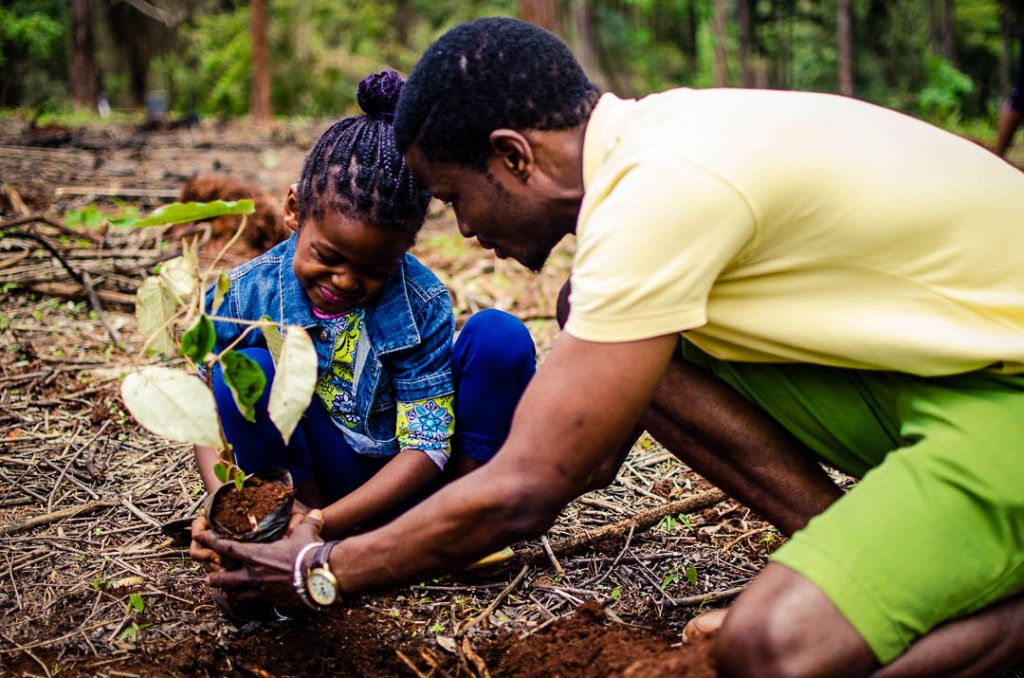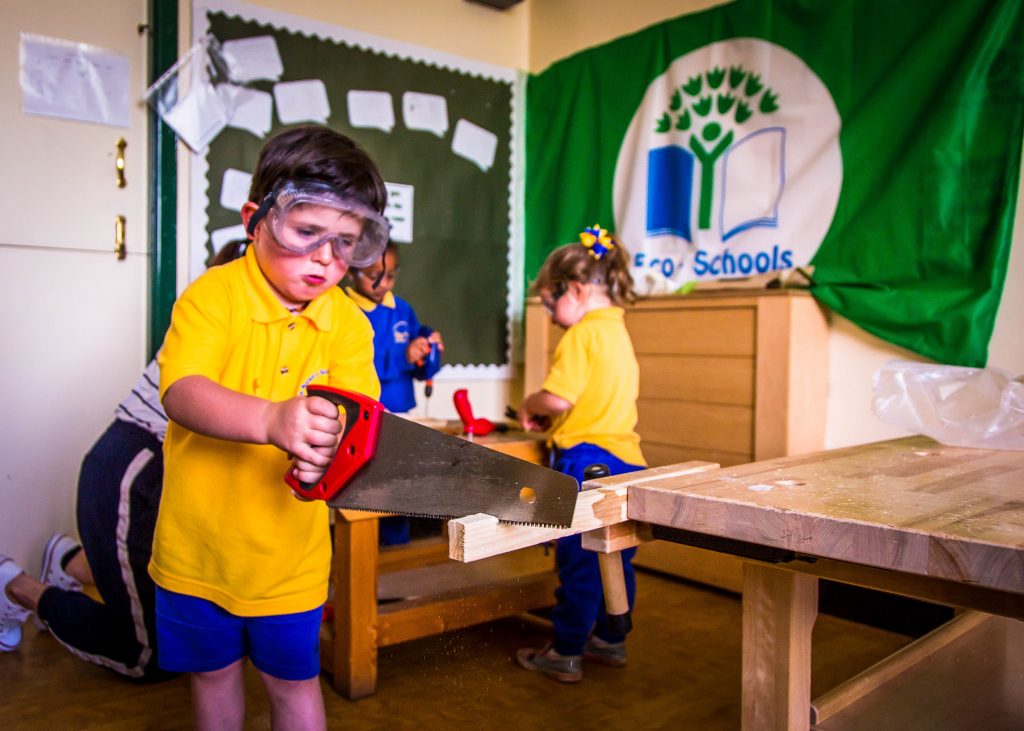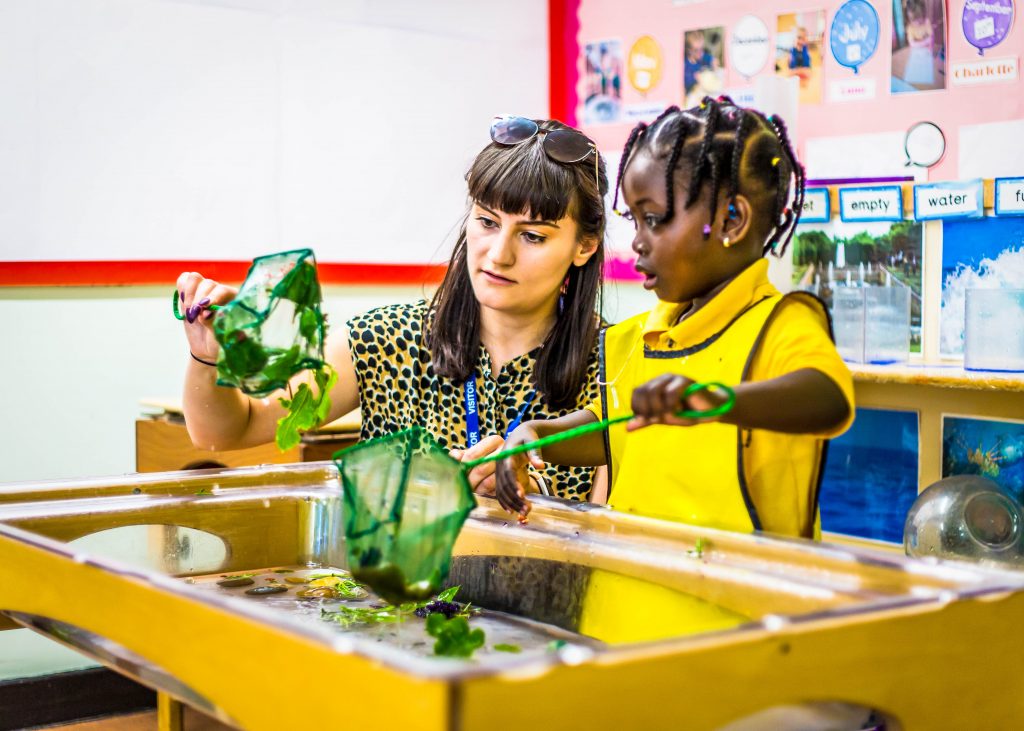With the climate crisis growing, teaching children about sustainability should be an obvious addition to their education. However, there are big discrepancies in countries’ curriculums and the resources given to teachers. In this article, we look into the importance of sustainable schools and offer tips on what to keep in mind when building one.
Sustainable schools: it sounds like a rather self-explanatory concept. You might be thinking of the building itself, maybe a school garden, or picturing solar panels on the roof. All things worth considering. However, before we make the case for sustainable schools and give you some advice on what to keep in mind, let’s look at some definitions of what a sustainable school actually is.
According to the Green Schools Alliance, “sustainable schools are designed to act as living laboratories to teach and embody eco-friendly initiatives that reduce our environmental impact”.
They should be constructed with eco-friendly materials to decrease the reliance on fossil fuels, but overall,they “offer more opportunities for outdoor and hands-on learning, which inspire the next generation of environmental stewards”. For many, sustainable school design can entail indoor air quality, energy consumption, construction materials, and water management, as well as transportation and education.
The last aspect is what we want you to focus on. Pramod Kumar Sharma, Senior Director of Education at the Foundation for Environmental Education, remembers that when asking children why their schools are considered green, they simply replied it has trees. Children need to be educated about contexts of sustainability to understand the necessary means and technologies such as waste treatment and solar energy systems.
Benefits of Sustainable Schools
Not only do sustainable schools and environmental education benefit children by providing knowledge of climate change, but they also have several other positive effects.
1. Sustainable Schools Increase Skills
According to research, sustainable schools filled with high natural sunlight not only positively affect the children’s concentration but their test scores as well. More on the effects of greenery and sunlit workplaces can be found in this article.
Look at the work of Eco-Schools, a global programme operated by the Foundation for Environmental Education that through action-based learning gives children the opportunity to protect the environment. Many children who participated in the sustainable schools’ programme went on to make their college campus sustainable. The success is clear. Sustainable education teaches children many transferable skills upon which they can rely in the future.
Through the seven-step method of eco-schools, children learn to critically question the measures and ways of the school. They learn how to reflect and reassess.
“Basically, what they learn is agency. In this process of doing the action plan, again and again, they learn critical reflection.”
Pramod Kumar Sharma, Senior Director of Education, FEE
2. Increase Participation in Class
A Stanford University analysis reported that student participation and engagement increased with exposure to environmental education. Additionally, it mentioned that every student was equally able to participate in this subject, no matter their proven level of achievement.
Moreover, a 2010 study where 56 schools in the UK were analysed, found that an educational focus on sustainability helps to develop an ethic of care.
3. Save Energy, Water and Costs
Besides education, let’s not forget the economic aspects. Sustainable schools put plans into action to save food, have better water management, and are overall designed sustainably. According to the Green Schools Alliance, sustainable schools save $100,000 per year in operational costs and use around 32% less energy and water compared to conventional schools.
What To Keep in Mind When Making Your School Sustainable
1. Go For the Long-Run
Remember, this is not a series of events. It’s not like planning one event for Earth Day and then you are done for the year. Instead, it is a long-term process. Your actions continuously need reflecting, evaluating, and improving.
2. Empower Teachers
As Pramod assures us, teachers are eager to educate their students more about sustainability. Still, depending on the country and culture, it is still an add-on subject – not mainstream enough.
“There is an increasing demand but then there is an increasing frustration among teachers because they want to work but they’re not getting the right environment and resources to do that.”
You, as a school director, as a city councillor, or as the person with the money, should invest in teachers and give them the resources they need. Empower teachers in their quest to inform children about sustainability. Good education only exists with great educators!
3. Involve People with Educational Background
In his career, Pramod, who has a background in science and education, noticed that most people in the field of sustainable education have an environmental background. “They know the content, but they don’t know how to deliver it.” The knock-on effect is that specific curriculum frameworks are missing.

Try to get more educators into environmental education. And if you are an educator yourself and think this career path is not suitable for you, let us prove you wrong. Pramod himself is specialised in education and says, “I might be weak on climate science, but I know when this concept should be taught how and at what age”. He is one of the few people globally with a specialisation in education and was exactly what eco-schools needed to approach sustainability education efficiently.
4. Translate Policies into Action
Working with many different countries spanning the globe, Pramod also realised the lack of actions being taken:
“Many have a policy of compulsory environmental education, but then that policy lacks translation into action.”
It is not enough to only teach about environmentalism, the curricular framework needs to result in actions. Define what must be taught and then also determine how it will be assessed. Your education should result in an action plan.
For more on this, check out the seven steps plan by Eco-Schools. As it says on their website, the action plan should not only include the necessary tasks but also indicate the people responsible and give a time frame.
5. Solution Perspective Not Problem Perspective
To get kids to learn with interest and joy about sustainability, notes on the chalkboard about the climate crisis do not suffice. Try to educate with project-based learning and positive action.
“Instead of looking at the issue from a problem perspective, we try to educate them on a solution perspective.”
With this approach, children feel more involved. When they are asked to prepare and implement action plans, they actually learn skills they will use later in life.
“We only think of problems. We don’t really educate and appreciate what is already good and existing.”
How to in a Nutshell…
Sustainable schools are by far about more than just the sustainable construction of the building. Environmental education is what will benefit children in the long run and what helps them become the critically thinking, environmentally conscious future generation we need. Make sure that students and teachers get the resources and support they need to create an environmental-friendly setting where learning can be joyful.
For more tips on how to create sustainable schools, check out this website by Green Modular and the Eco-Schools’ page.







